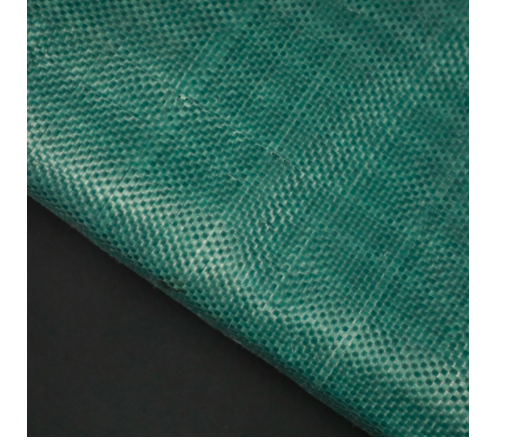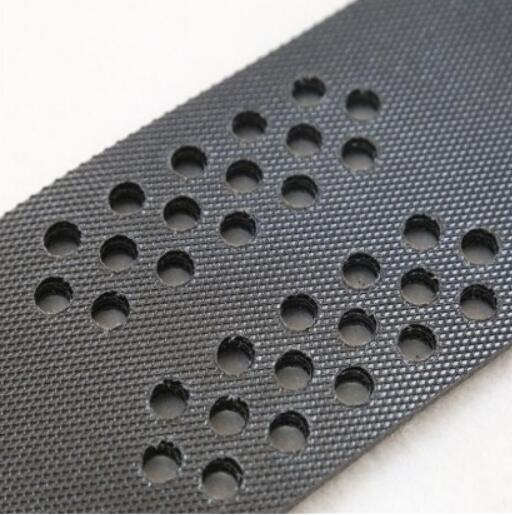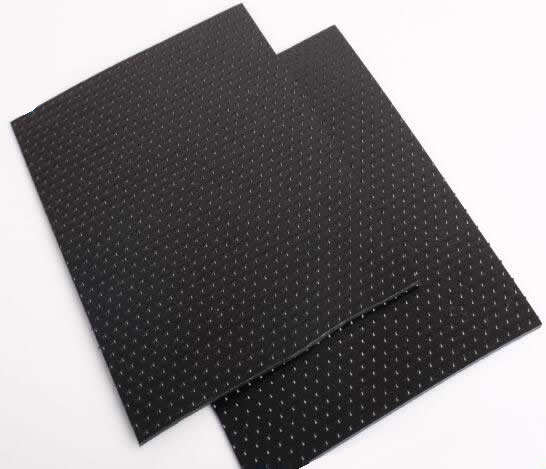- Understanding the Role of Geomembrane Liners in Waste Management
- Innovations in Geomembrane Liners for Water Management
- Geomembrane Liners: A Comprehensive Guide
- The Future of Geomembrane Liners in Civil Engineering
- Geomembrane Liners: Enhancing Landfill Stability
Manager:
WhatsApp:+86 177 0135 2670
Tel:+86 177 0135 2670
Email:marketing@okorder.com
Address:3rd Floor, No.2 Building, No.1 Sanlihe Road
THE SILENT SENTINEL OF STRUCTURAL INTEGRITY: WOVEN GEOTEXTILE
Silent sentinel of modern infrastructure, woven geotextile weaves together strength and sophistication. This fabric, a testament to human innovation, plays a pivotal role in a multitude of applications including reinforcing the earth’s crust and managing water flow. The article offers an intimate tour through the realm of woven Geotextiles examining their characteristics, applications and how they greatly influence construction and environmental conservation landscapes.
CRAFTING THE FABRIC OF INFRASTRUCTURE: THE WOVEN MASTERY
Woven geotextiles are a type of geosynthetic material made by weaving thread by thread usually from polymers such as polypropylene or polyester to create flat even fabric. The result is a strong tough textile produced through weaving that is employed in various civil engineering and construction works for separation, reinforcement, filtration and drainage purposes. “Woven geotextiles are a type of geosynthetic material created by weaving individual threads…”

COMPOSITION OF WOVEN GEOTEXTILES: MATERIAL MARVELS
Usually synthetic polymers like polyesters, polypropylenes, polyamides and polyethylene polymers make up the woven geotextile fabric. These materials are chosen because they last long under different climatic conditions thus ensuring durability and performance of the geotextile fabric even under harsh conditions.
UTILIZING WOVEN GEOTEXTILE FABRIC: APPLICATIONS BEYOND BOUNDARIES
The uses to which woven geotextile fabrics can be put are only limited by the imagination of engineers and builders. It affirms its versatility from reinforcing roads and parking places up to erosion control measures combined with drainage features. High load carrying capacity as well as tensile strength makes it an excellent choice for projects that need strong stable bases.
WOVEN GEOTEXTILES IN PAVEMENT CONSTRUCTION: THE ROAD AHEAD
One of the most significant uses of woven geotextile fabric is in pavement construction. The fabric’s resistance to corrosion and ability to provide long term stability makes it perfect for use on roads, driveways, and highways. It acts as a guard layer that prevents fine subgrade soil particles from mixing with aggregate which helps to maintain integrity of the pavement extending its lifespan.
THE DUAL ROLE OF WOVEN GEOTEXTILES: SEPARATION AND STABILIZATION
The woven geotextile fabrics perform two functions simultaneously which are separation and stabilization. Structures’ longevity and stability are enhanced by forming a barrier that inhibits intermixing of different types of soil. This function of separation is an important factor in maintaining road pavement integrity and performance among other constructed facilities like embankments.
THE MULTIFACETED UTILITY: REINFORCEMENT AND FILTRATION
Woven geotextile fabric also has applications in reinforcement as well as filtration apart from being used for separation and stabilization. It strengthens the soil by lending tensile support while filtering sediments that could obstruct drains. Through this multifaceted utility, the woven geotextile fabric becomes an invaluable tool in the construction industry.
SUSTAINABLE CONSTRUCTION WITH WOVEN GEOTEXTILES: THE ENVIRONMENTAL EDGE
Efficient resource utilization and minimal environmental impact are some ways how woven geotextiles contribute towards sustainable construction practices. Owing to its durability as well as resistance to degradation, it can be used in projects that aim at minimizing soil erosion or promoting growth of vegetation on a piece of land.
THE FHTURE WEAVE : A NEW ERA OF WOVEN GEOTEXTILE FABRIC
Just as the building industry has been changing, so has the woven geotextile fabric. Improvements in material sciences and manufacturing have resulted in enhanced fabrics including higher permeability and tensile strengths . With such improvements, woven geotextile materials continue to be used in construction works for tomorrow’s world.
CONCLUSION: WOVEN GEOTEXTILE FABRIC - STITCHING TIME
Finally, woven geotextile fabric is a testament to human ingenuity and our determination to build stronger infrastructures that are sustainable over time. Its applications in road construction, soil reinforcement and environmental conservation highlight its importance in the field of construction globally. As we embark on new ventures and adopt innovative methods of construction, woven geotextile fabric will play a major role in achieving more resilient and environment-friendly built environments.
It may only be a piece of woven geotextiles but it goes beyond being just another material; it embodies our desire for advancement as well as protection. These quiet and mighty guardians are what we must now embrace while looking ahead at these fabrics therefore supporting our ambitious goals using a silent strength at all times. This is an indication that weaving is not just about making clothes or baskets but also developing ideas which can make this world a better place.
- Previous:The Versatile Shield: Exploring the World of Geotextile Non-Woven Fabric
- Next:Fabric Geotextile: The Stiff and Flexible Material that can Save the World






